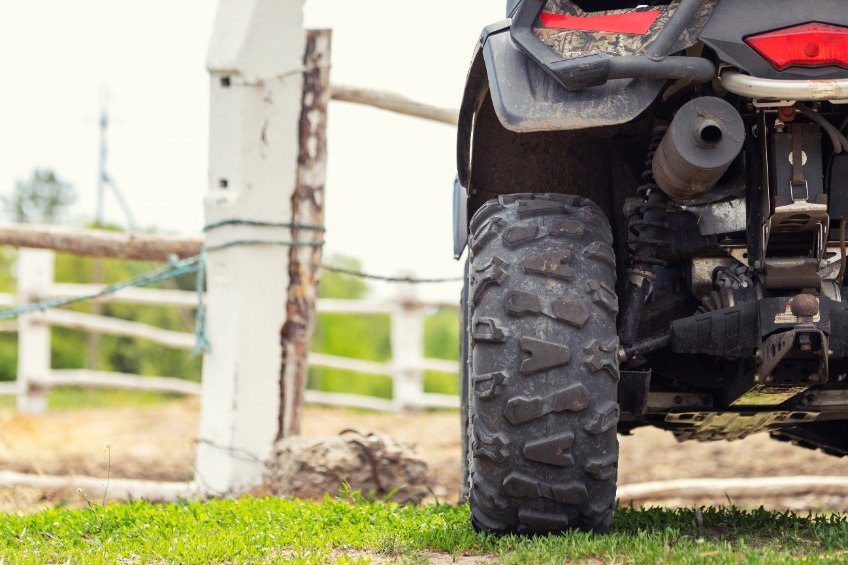
Increasing costs of repair due to price and availability of materials is leaving many farmers at risk of being under-insured unless they carefully review policies.
Repair bills keep going up across the board, with everything from farm equipment, commercial vehicles and cars facing rises of between 20-25%.
The availability of replacement parts is also a growing problem, leading to a significant increase in farm, commercial and domestic vehicles being condemned to the scrap heap rather than being repaired and put back to use.
Nigel Wellings, of agricultural insurance brokers Acres, has called on farmers to carefully review policies and revise budgets to reflect replacement values.
He said: “We had an example where a domestic use car needed two new doors, but it was not possible to source replacements and the vehicle was ultimately written off.
“Parts availability for farm machinery is much the same, we are seeing more and more equipment being written off.”
When this is combined with the rising cost of farm machinery, such as tractors, farmers could soon find themselves well under-insured when sourcing replacements.
“The value of new and second-hand tractors has gone up massively, in some case appreciating by as much as 30-40%,” said Mr Wellings.
“A second-hand tractor insured at £35,000, could easily be valued at closer to £50,000 plus for a like for like replacement, with the same hours.”
And it is not just machinery and equipment that have seen the cost of claims rising.
Despite a slightly calmer market in recent weeks, Mr Wellings cited the volatility of arable crop values over the last 12 months as a prime example of how easy it is to be out of kilter.
“We have seen examples of people being 50% down on arable crop values,” he explained, adding that the upshot of this is that the majority of insurers have increased their premiums accordingly.
“In the current climate, it is almost inevitable that premiums will increase, so it is essential that policies are reviewed,” Mr Wellings added.
“Individual farming practices and operations quickly evolve. Take off what you no longer need or use, but ensure you revise values to ensure sums insured cover for replacement or reinstatement costs."
He also explained that, over the last 10 to 15 years, insurers have not really increased premium rates, but given the current climate, the majority are now doing so.
“Costs have gone up, because values have risen, but now the insurers are also increasing the premium rates and this should also be budgeted for,” he said.
“For example, a farm building valued at £100,000 three or four years ago would likely be closer to £150,000 today. To cover for this it would probably cost an extra £50 on top of the premium previously paid.
"With the premium rate increase, this would also add around a further £15 on top of that.”
